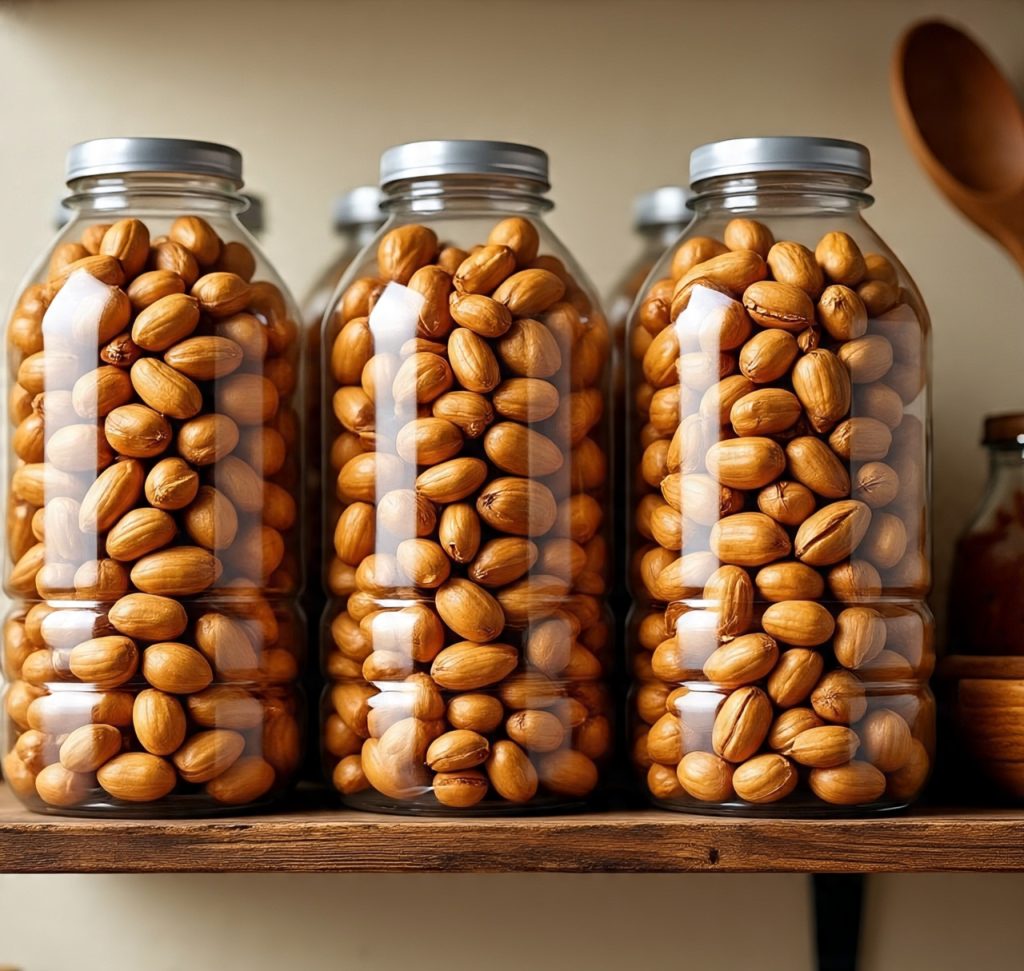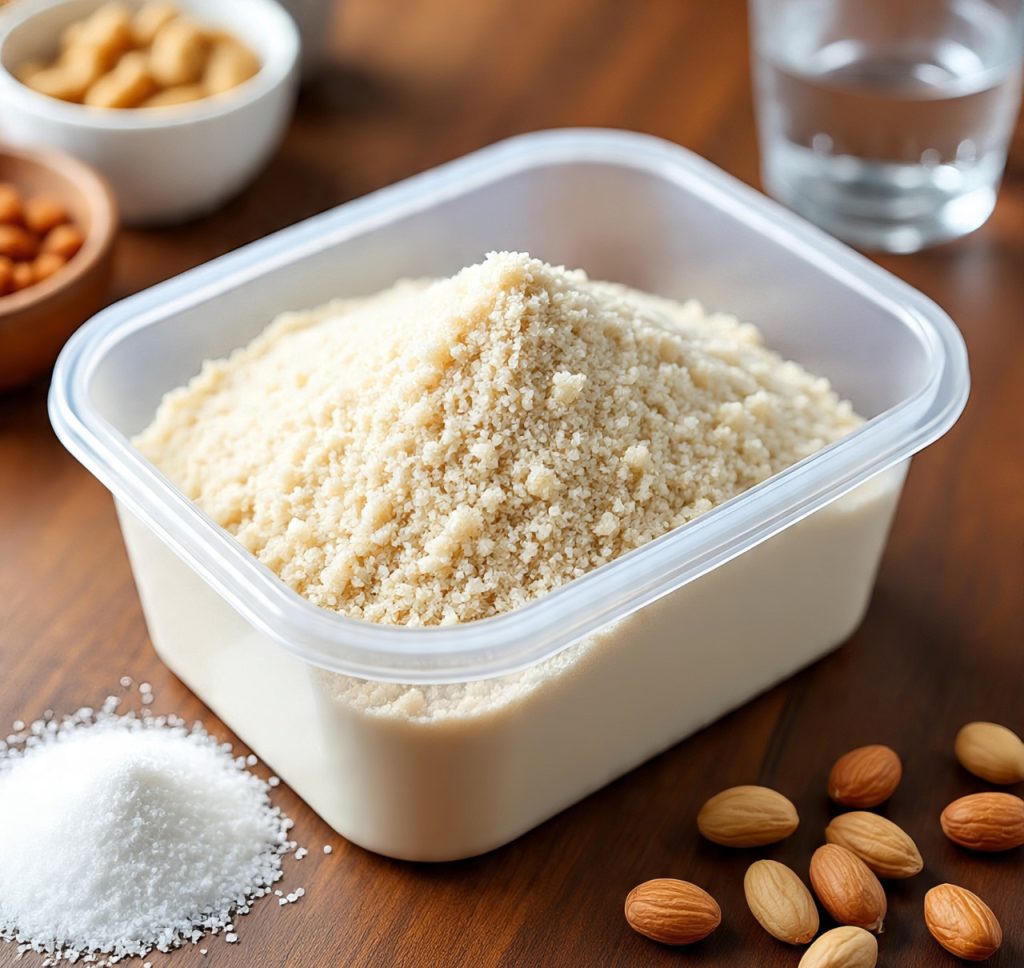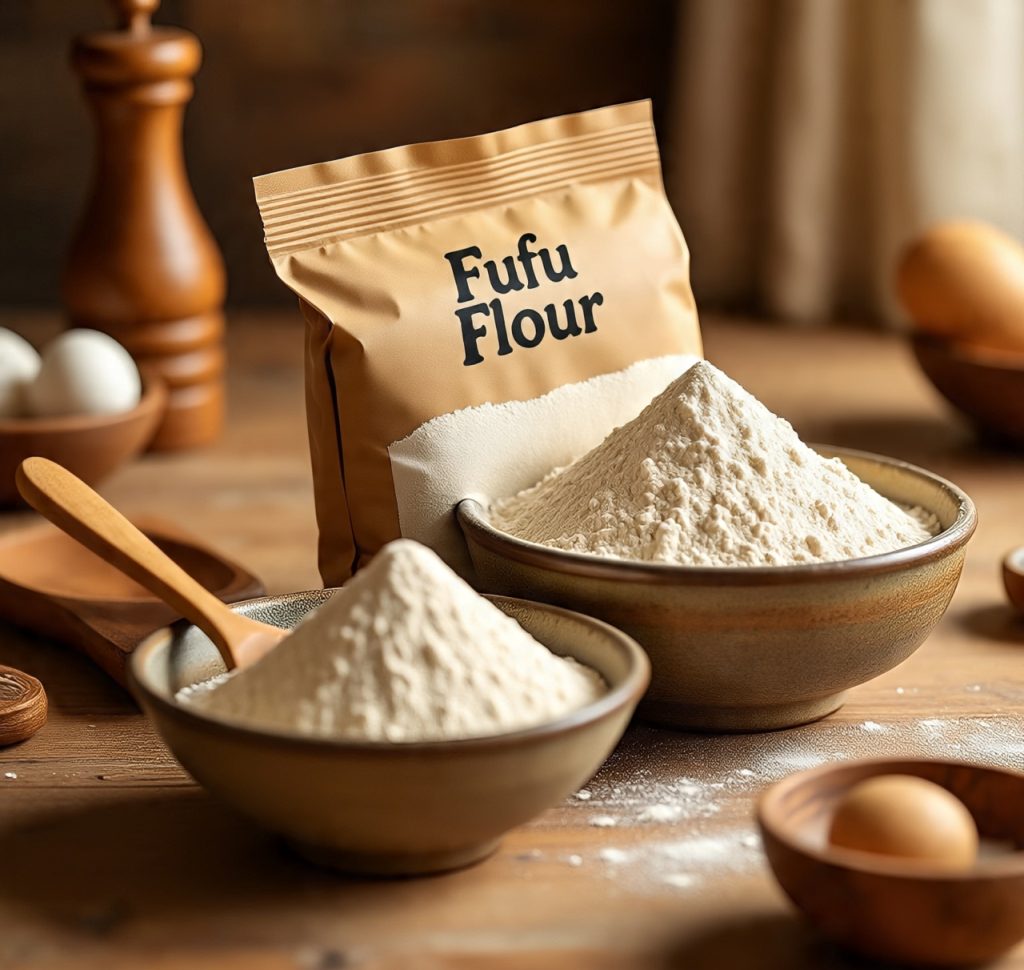Roasted groundnut, also known as peanut, is one of the world’s most popular healthy snacks and versatile food ingredients. Loved for its rich taste, crunchy texture, and high protein content, roasted groundnut is consumed across all cultures and demographics.
Its global demand is driven by its nutritional value, affordable price, and adaptability for both direct consumption and use in processed food products. Whether eaten plain, salted, spiced, or coated, roasted groundnuts are a profitable export commodity with year-round market demand.
 Why Roasted Groundnut is in High Demand
Why Roasted Groundnut is in High Demand
-
High Nutritional Value – Rich in protein, healthy fats, vitamins, and minerals.
-
Versatile Uses – Consumed as a snack, used in confectionery, or processed into peanut butter.
-
Health-Conscious Consumer Trends – Increasing preference for plant-based protein sources.
-
Long Shelf Life – Stays fresh for extended periods when properly packaged.
Common Uses of Roasted Groundnut
-
Snack Foods – Salted, spiced, or sweet-coated for direct consumption.
-
Confectionery & Bakery – In cookies, cakes, and chocolate products.
-
Nut Butters & Pastes – Processed into peanut butter or groundnut paste.
-
Culinary Dishes – Used in sauces, stews, and salads.
Popular Export Varieties
-
Salted Roasted Groundnut – Lightly salted for a classic flavor.
-
Unsalted Roasted Groundnut – For health-conscious consumers.
-
Spiced Roasted Groundnut – Flavored with chili, garlic, or herbs.
-
Honey-Coated Roasted Groundnut – Sweet and crunchy for gourmet markets.
Major Importing Markets
-
North America – USA, Canada (snack and peanut butter industries).
-
Europe – UK, Netherlands, Germany, France (healthy snack sector).
-
Middle East – UAE, Saudi Arabia, Qatar (snack and hospitality markets).
-
Asia-Pacific – China, India, Japan, South Korea (snacks and confectionery).
Export Processing Steps
-
Sourcing – Selection of high-quality raw groundnuts.
-
Shelling & Cleaning – Removal of shells, skins, and debris.
-
Roasting – Dry or oil roasting for desired flavor and texture.
-
Seasoning (Optional) – Adding salt, spices, or coatings.
-
Cooling & Packaging – Sealed in airtight packs for freshness.
Quality Standards & Export Requirements
-
Moisture Content – Typically below 7% to ensure crispness.
-
Aflatoxin Testing – Must be free from harmful mold toxins.
-
Certifications – ISO, HACCP, Organic for premium markets.
-
Documentation – Health certificate, certificate of origin, export license.

Why Roasted Groundnut Export is Profitable
-
Low-Cost Production with High Market Value – Excellent profit margins.
-
Year-Round Demand – Popular in all seasons and climates.
-
Multiple Market Segments – Retail snacks, bulk food service, and processing industries.
IMEN GREEN GLOBAL LIMITED Advantage
We supply premium roasted groundnuts with consistent flavor, crunch, and freshness. Our groundnuts are processed under strict food safety standards to meet international quality requirements.
We offer:
-
Bulk & Retail Packaging.
-
Custom Branding for Buyers.
-
Salted, Unsalted, and Flavored Options.
-
Long Shelf Life Packaging Solutions.
Conclusion:
Roasted groundnut is a profitable, high-demand export product that combines health benefits, affordability, and global culinary versatility. Exporters who focus on quality, flavor, and safe processing can secure a strong foothold in competitive markets.







